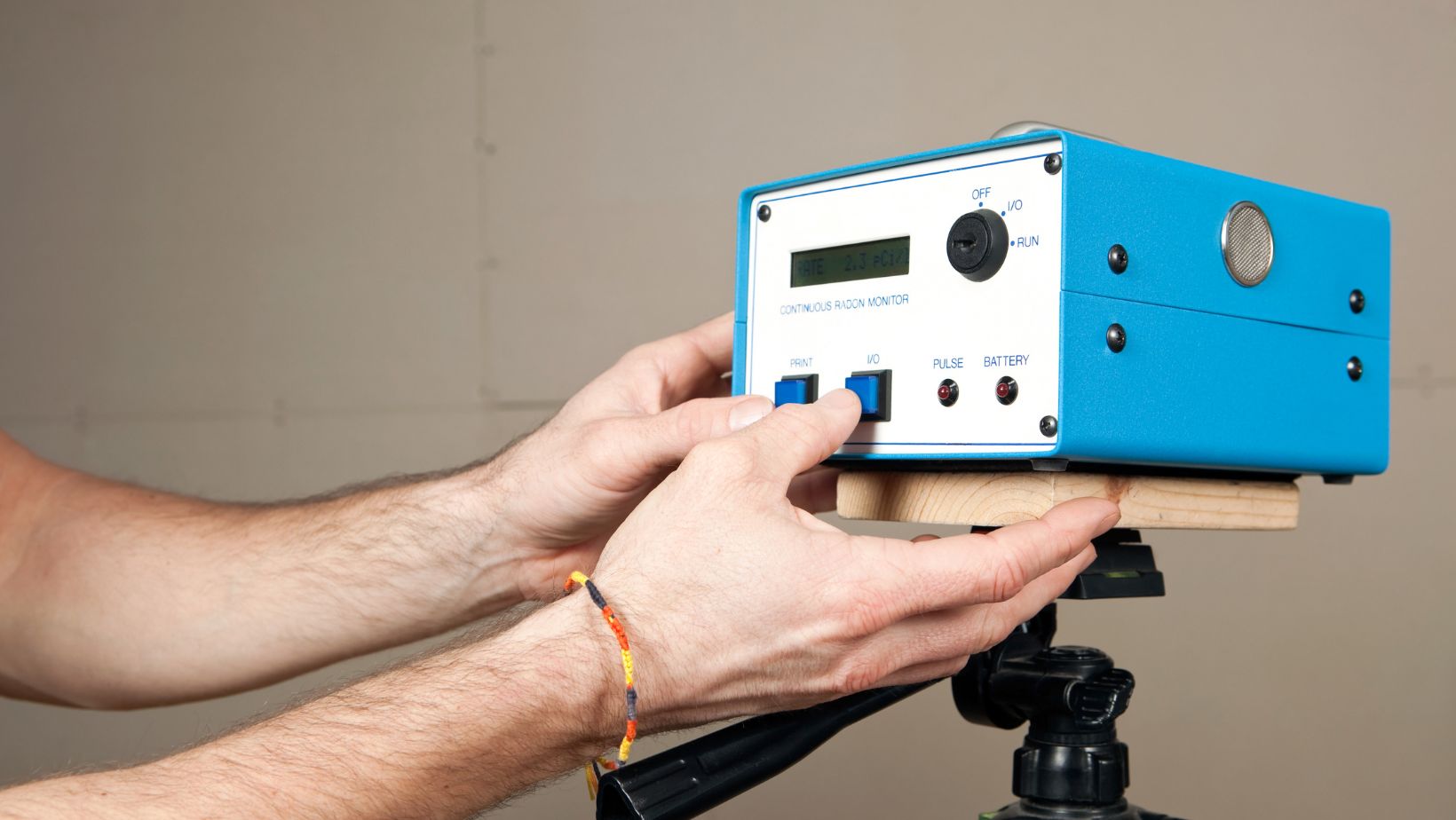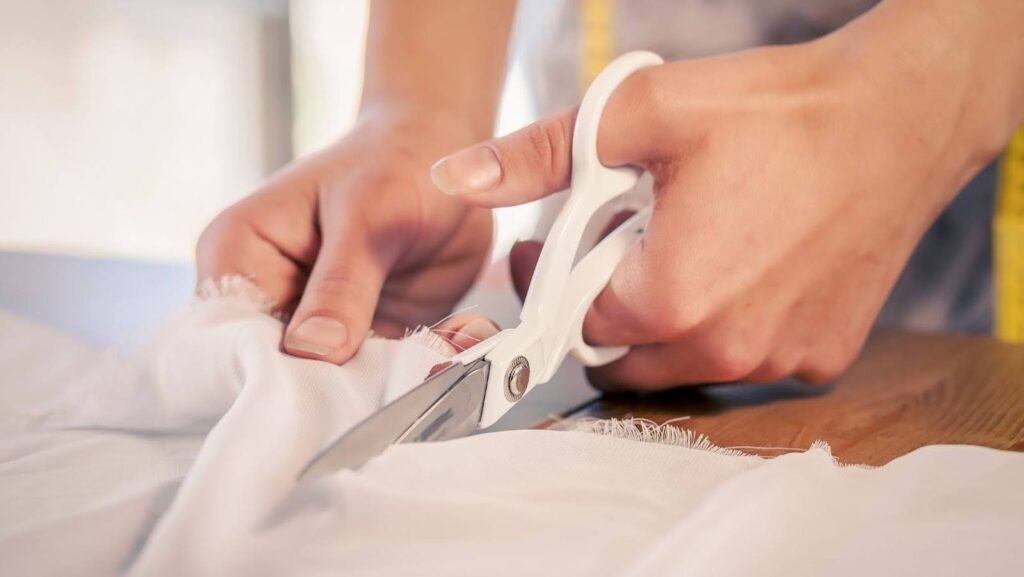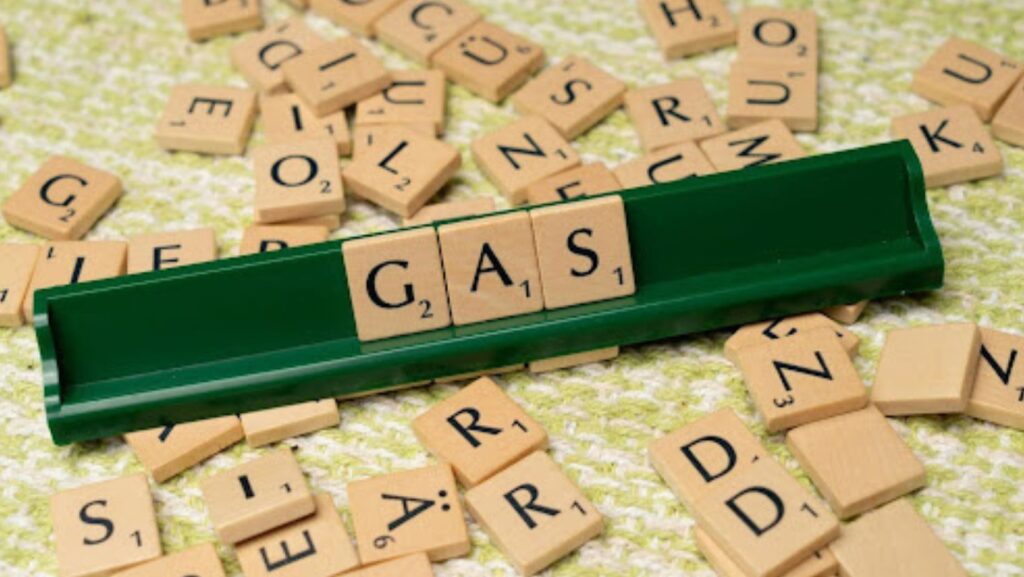Radon is a silent threat that could be present in your home without you even realizing it. This colorless, odorless, and tasteless radioactive gas forms naturally from the breakdown of uranium in soil and rock. When it seeps into homes through cracks in foundations, floors, or walls, it can accumulate to dangerous levels—posing serious health risks, particularly lung cancer. In fact, radon exposure is the second leading cause of lung cancer after smoking. That’s why awareness and proactive radon testing are essential for every homeowner.
The Invisible Nature of Radon Makes It Hard to Spot
One of the most concerning aspects of radon is that there are no obvious sensory signs. You can’t smell, taste, or see it. Unlike mold or carbon monoxide, radon gives off no warning signs like stains, odors, or beeping alarms. Its ability to enter homes unnoticed makes it especially dangerous. It typically infiltrates from the ground up—meaning basements, crawl spaces, and lower levels of your home are the most vulnerable. Whether your home is old or newly built, urban or rural, radon exposure is a real possibility.
Key Signs That Might Indicate Radon in Your Home
While radon doesn’t show itself directly, there are indirect signs that can raise suspicion. Homeowners should look out for the following red flags and consider radon testing if any are present:

- Persistent respiratory problems: Ongoing issues such as coughing, wheezing, or shortness of breath without a clear cause may be linked to long-term radon exposure.
- Frequent headaches or dizziness indoors: If you feel lightheaded or experience headaches when spending time in your basement or lower-level rooms, this could be a subtle sign of poor indoor air quality due to radon.
- Cracks in the foundation, walls, or floors: Structural openings, even small ones, can act as entry points for radon gas from the soil beneath your home.
- Unexplained musty or stale air in the basement: While this could be mistaken for humidity or poor ventilation, it might also be an indicator of radon buildup.
- Your neighbors had high radon levels: If homes nearby have required radon mitigation, yours might be at risk too. Radon gas moves through the soil and can affect large areas.
- Granite, shale, or uranium-rich local geology: Homes built in regions with these natural materials have a higher likelihood of radon infiltration.
These signs aren’t definitive proof of radon but are good reasons to act. The only way to be certain is through professional radon testing.
Why Radon Testing Is the Only Way to Know for Sure
Given radon’s stealthy nature, testing is the only method to confirm whether it’s present in your home. There are two main options:
- Short-term radon test kits: These are affordable and easy to use. They measure levels over 2–7 days and are ideal for initial screenings.
- Long-term radon testing: These tests run for 90 days or more and provide a more accurate average of radon exposure over time.
- Professional radon testing services: For the most reliable results, certified technicians use high-precision equipment to assess your home. This is particularly useful before buying or selling property.
It’s recommended to conduct radon testing every 2–5 years, or after any significant renovation that might affect airflow or foundation integrity.
What to Do If Radon Levels Are Too High
If your radon testing results indicate levels above the recommended safety threshold (4.0 picocuries per liter according to Health Canada), don’t panic—radon mitigation is effective and accessible.

The most common solution is a sub-slab depressurization system, which involves placing a pipe and fan system below the basement floor to draw radon gas out and vent it safely outside. Additional measures include:
- Sealing foundation cracks and entry points
- Increasing under-floor ventilation
- Installing a radon sump in high-risk homes
Professional radon mitigation specialists can tailor solutions to your home’s layout and radon levels. Just like radon testing, mitigation should only be performed by certified professionals to ensure it’s done safely and effectively.
Take Action for Peace of Mind and Safer Living
The only thing more dangerous than radon is ignoring it. If you’re experiencing any of the signs above or simply want to ensure your home is safe, radon testing is a small investment for a healthier future. It’s easy, affordable, and could prevent serious health complications down the line.
Don’t wait for symptoms to appear. Make radon awareness part of your regular home maintenance checklist. Whether you’re buying a new home, finishing your basement, or just haven’t tested in a few years, now is the time to act. Book a professional radon testing service today and breathe easier knowing your home is protected.

